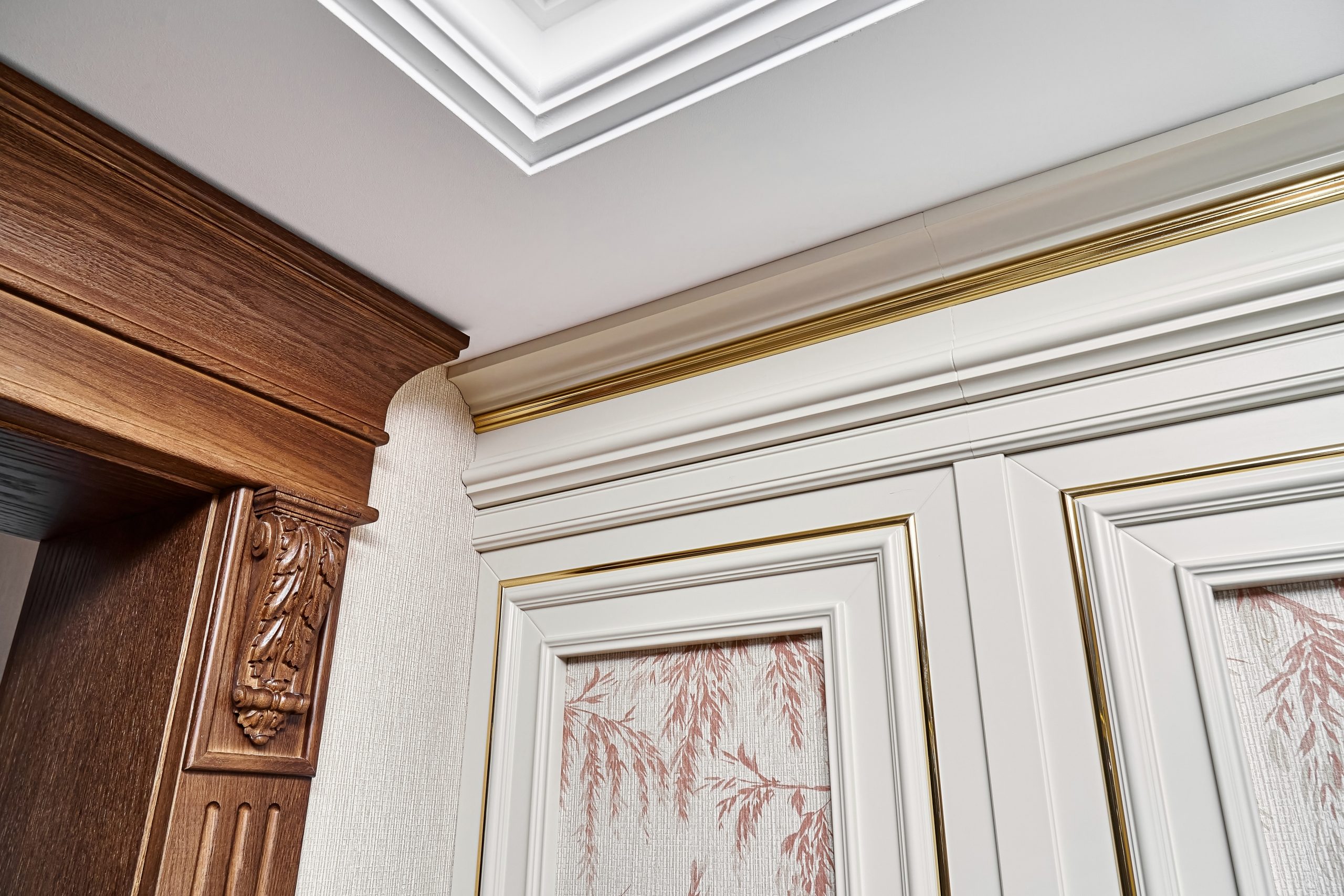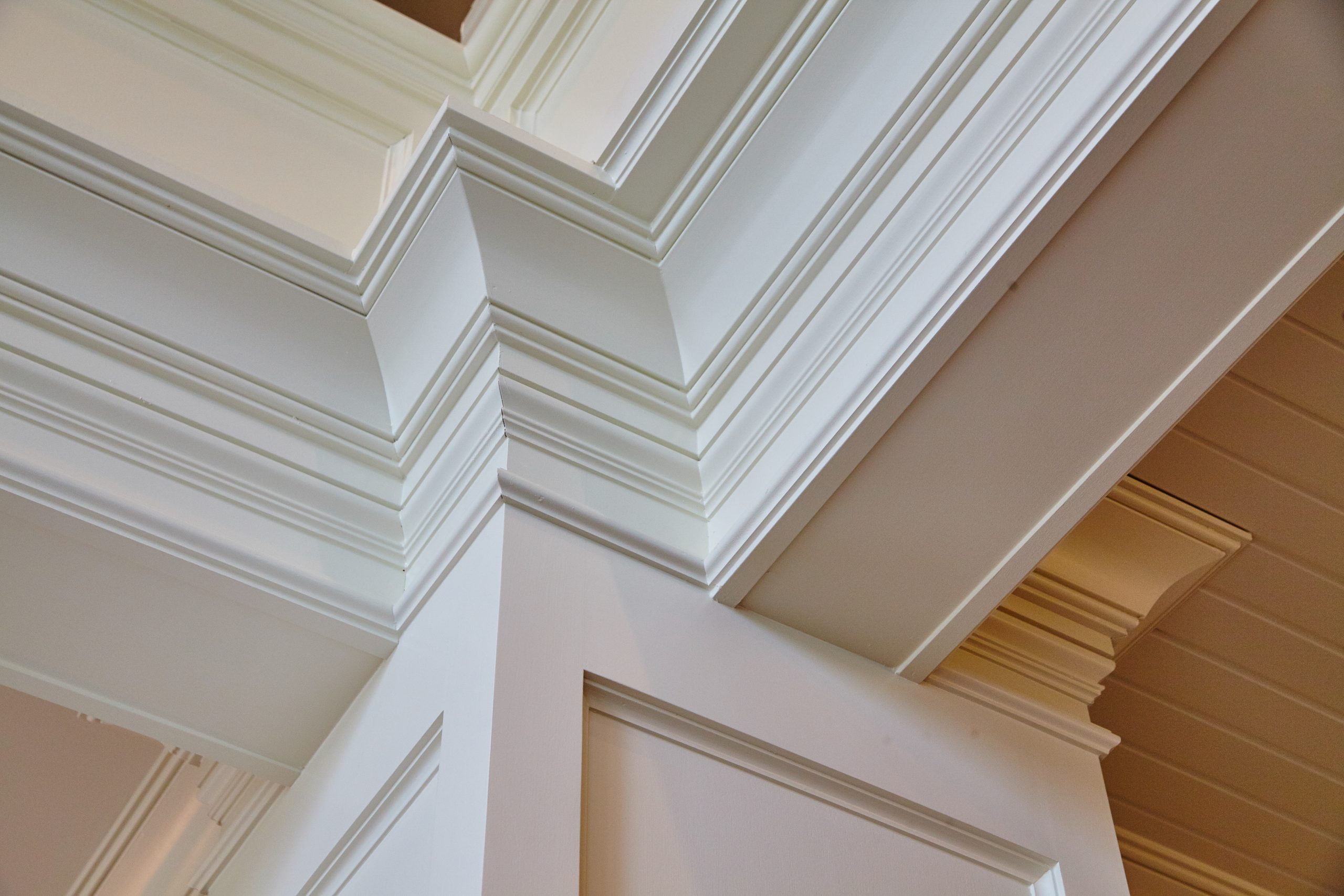
Have you ever looked at the joint between your wall and ceiling and felt like something was missing? Bare corners can make even the most beautifully decorated rooms look unfinished, plain, and less inviting.
Without the right finishing touch, your room may lack character, depth, and flow. Many homeowners ignore this detail because they find the options confusing. Should you go for plaster, MDF, or modern polyurethane? Which style works best with a period property, and what about a sleek new-build? The overwhelming choices can make you settle for something that does not suit your home, or worse, avoid coving altogether.
That is where this guide comes in. In this article, we will walk you through the different types of coving, from traditional plaster to modern duropolymer, as well as profiles, design styles, and practical tips to help you choose. Whether you want a grand period look or a subtle modern edge, by the end you will know exactly which coving fits your home, budget, and style.
Coving is a decorative moulding used to soften the transition between walls and ceilings. It adds elegance, depth, and a sense of completion to a room. While often used interchangeably with the term “cornice,” coving usually refers to simpler, curved or straight profiles, whereas cornices can include more elaborate detailing.
Coving is not only about beauty. It also helps hide imperfections, can improve proportions in a room, and in some cases, even add functionality, such as concealing LED lighting strips.
Coving has been around for centuries.
Choosing the right material is one of the first steps. Each option has its strengths, drawbacks, and ideal applications.
Beyond the material, the profile (shape) defines how coving transforms your room.

Hiring a professional ensures a seamless finish, but if the budget is tight, DIY-friendly materials make coving more accessible.
Yes. Coving has made a comeback in modern interiors, not only in traditional homes but also in sleek new builds. Minimalist coving, LED coving, and geometric profiles are very popular in 2025. It’s a detail that adds polish without overwhelming a room.
Coving is more than a decorative edge. It is a finishing touch that transforms a room from plain to polished. With so many different types of coving available today, from budget-friendly polystyrene to luxurious plaster and modern LED coving, there is an option for every home.
By considering your property style, budget, and installation needs, you can select a coving type that enhances your interiors and stands the test of time. Whether you want the grandeur of Victorian plasterwork or the subtle elegance of modern minimalist lines, coving ensures your walls and ceilings flow seamlessly together.
Copyright © 2025 Judge Plastering. All Rights Reserved.